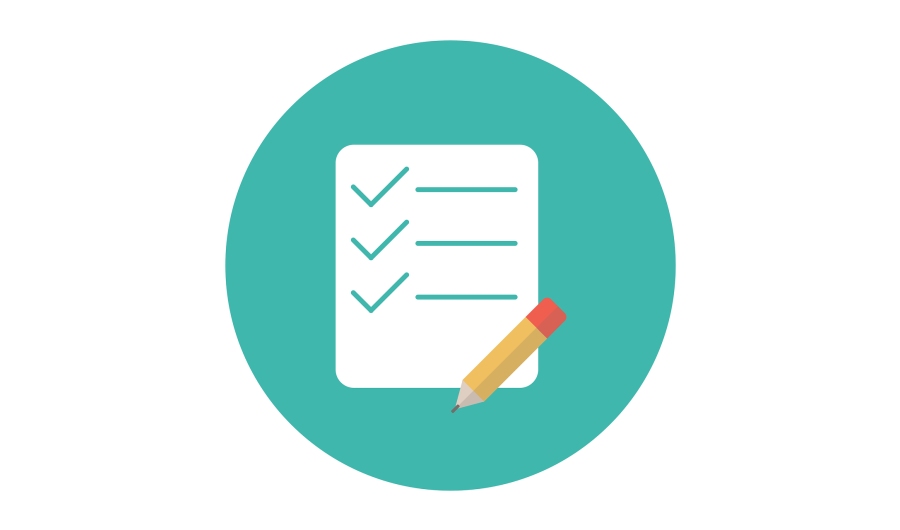
Your Go-To New Hire Checklist for a Flawless Onboarding Experience
Embarking on a job can bring about a mix of excitement and nervousness. For employers and HR professionals, creating an onboarding process that paves the way for a working relationship is essential. By adhering to a checklist for hires, you can guarantee that your new team members feel embraced, well-informed, and ready to tackle their responsibilities from day one. This article will delve into the components to incorporate in your onboarding checklist.
1. Preparing for Onboarding
There are crucial tasks before your employee’s journey with your organization begins. Begin by composing an employment offer detailing the terms of their engagement and any pertinent compensation specifics. This offer should also outline any background checks or paperwork required for their day. Dispatch this offer promptly and provide any needed information, including a comprehensive new hire checklist to guide them through the onboarding process.
2. Welcome Kit
Show appreciation for your team members by sending them a kit in advance. This package could contain company-branded items like shirts or mugs along with an employee handbook or informational materials regarding your company’s values and work culture This thoughtful gesture helps foster a sense of inclusion even before they step foot in the workplace.
3. Familiarization
On their day, make time to introduce your team member to key colleagues and give them a tour of the office if applicable. Also conduct an orientation session where you discuss work schedules, break times, company policies (security measures), tools and systems they will use, and benefits such as healthcare or retirement plans.
4. Establish Goals & Expectations
To ensure clarity from the start, define objectives and expectations for their position during the onboarding process itself. Discuss timelines for completing tasks or projects and encourage open dialogue by inviting questions or concerns. This allows the employee to envision their goals and grasp how their role aligns with the company objectives.
5. Training & Skill Development
Provide your team members with the required skills and knowledge through training. Develop a training program that addresses both competencies and an understanding of your organization’s procedures. Offer resources, online courses, or internal workshops to support their growth within their role in the future.
6. Joining the Company Culture
Being a part of a company culture plays a vital role in an employee’s overall happiness and effectiveness. Encourage integration by organizing gatherings like team lunches, post-work events, or collaborative projects involving colleagues from teams. Promote involvement in company activities and share information about available mentorship or buddy programs to provide additional assistance.
7. Regular Meetings & Input
Maintain communication channels during the onboarding phase through meetings with their supervisor or HR contact. Utilize these discussions to assess their progress, address any issues or obstacles they encounter, and offer feedback as needed. Consistent assessments will help pinpoint areas where extra support may be beneficial.
8. Ongoing Learning Opportunities
Investing in development for your employees is key to fostering a team. Provide learning opportunities such as courses, webinars, mentoring initiatives, or financial support for attending conferences related to their expertise/interests.
9. Assessment and Follow-up
An essential aspect of an onboarding procedure is assessing its efficiency and gathering input from the hire and other relevant team members. After the onboarding period, schedule follow-up meetings to gauge how well the new employee has settled into their role and team dynamic. These meetings are a chance to address any challenges. Offer support if necessary and ensure that both parties expectations are being met. It’s also important to seek feedback from the team members to pinpoint areas where the onboarding process could be enhanced for hires.
Conclusion
Adhering to an onboarding checklist like the one described above guarantees that your new employees feel supported and ready for success right from the start. An organized onboarding procedure lays the groundwork for employee experiences, promotes loyalty, and boosts retention rates within your company. Remember that each organization has its culture and needs; take the time to customize this checklist accordingly for an onboarding experience explicitly tailored to your company’s requirements!






